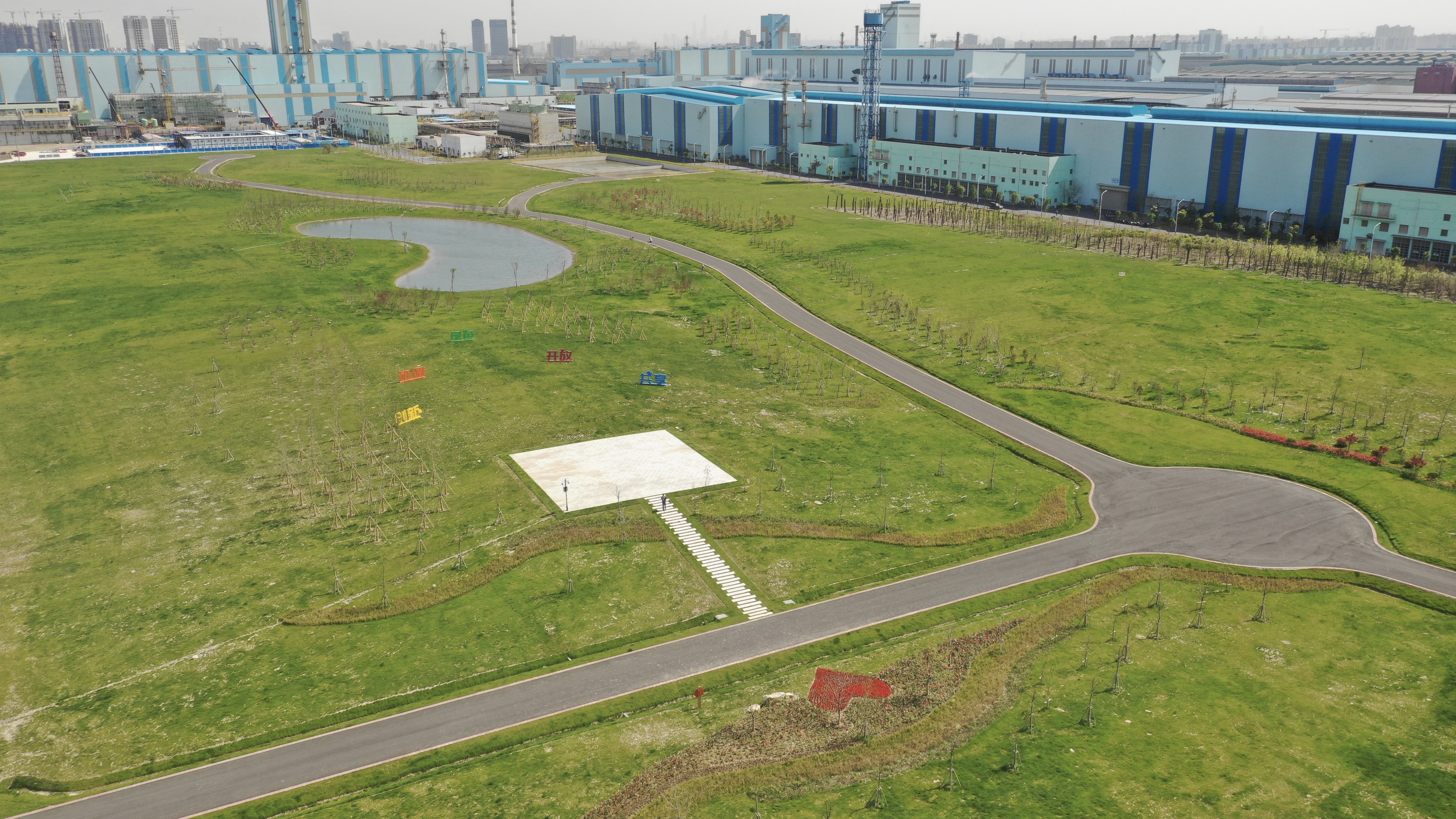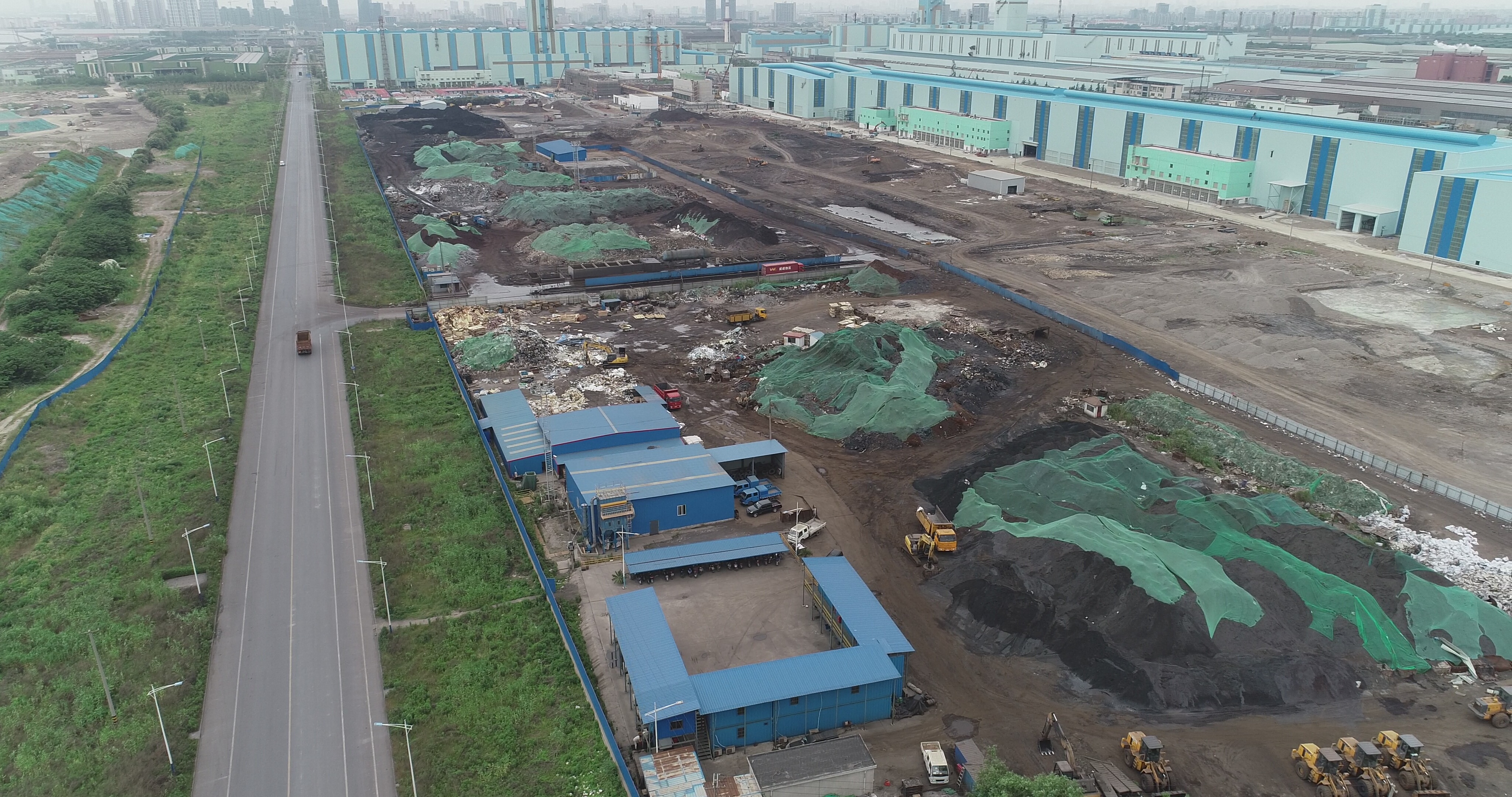02:49

China's rapid economic development and large investments in infrastructure have fueled steel production and manufacturing. But this has also created a serious pollution problem, especially for China's largest steel manufacturer Baoshan Iron & Steel, known as Baosteel.
After years of development, Baosteel has now successfully removed its landfill that was packed with 1.5 million tonnes of solid waste for a decade.
Between 2002 and 2012, Baosteel put solid waste such as slag and concrete blocks onto a 170,000 square meter landfill inside its manufacturing plant in Shanghai's Baoshan district.
Baosteel's factory sits near the Yangtze River, so there is a risk that the huge amounts of solid waste may contaminate the underground water, affecting the Yangtze River as well.
Baosteel started efforts to solve the serious problem between 2019 and 2020.
"Our techniques to handle solid waste fell behind at that time, so a total of 1.5 million tonnes of steel slag, construction waste and mud generated from sewage treatment were all put here, and created lots of problems for us," said Fu Jianguo, deputy general manager of Baosteel.

The huge landfill was inside Baosteel's manufacturing, near the Yangtze River. /Baosteel
The huge landfill was inside Baosteel's manufacturing, near the Yangtze River. /Baosteel
Removing the waste and renovating the landfill has seen the area turned into a green land full of trees and flowers. The huge project cost the company 860 million yuan ($128 million).
So far, 99.8 percent of the solid waste at Baosteel is recycled – most of it even re-produced as new products. The floor brick and floor surface put on the green land are all made of slag.
In addition to the recycling of solid waste, Baosteel is also planning to tackle water and atmospheric problems, aiming to cut emissions as lower as possible to even zero-emission.
"The target of our factory in Baoshan is to have a full water recycling system in place by 2025, which will make our factory a zero-waste plant. Our goal is to become a zero-waste company rather than a low emission or recycling company," said Fu.
At the end of June, the company released its first Climate Action Report on its “double carbon” strategy and roadmap. The company aims to reduce carbon emissions by 30 percent by 2035, and reach carbon neutrality by 2050.

